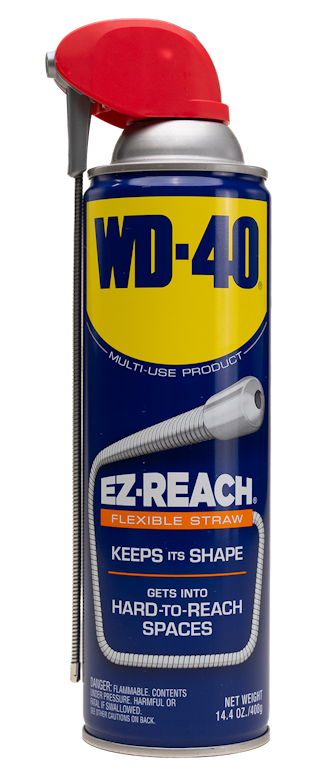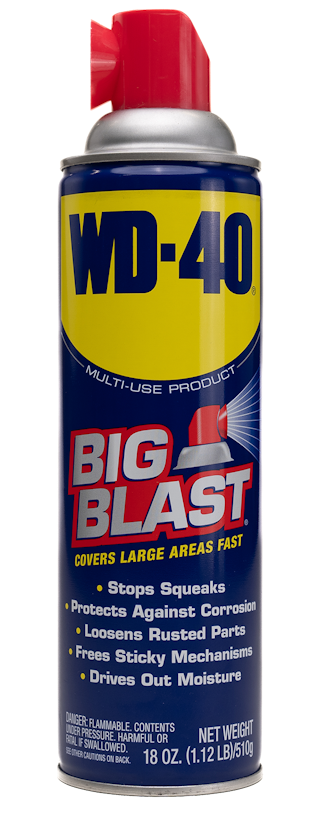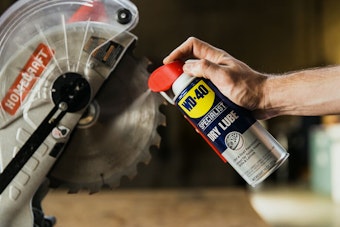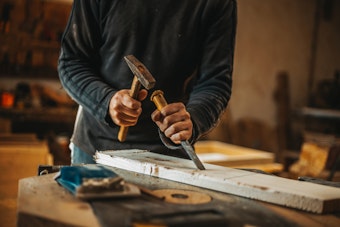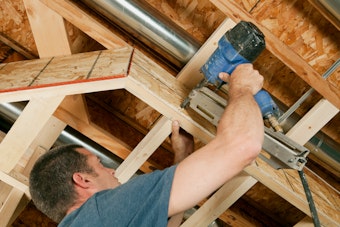How-to Maintain Your Tools: Chainsaws
How-to Maintain Your Tools: Chainsaws
<< BackThe chainsaw is one of the toughest tools in the shed. With its iconic purr and grizzled attitude, a chainsaw is a go-to asset for woodsmen, outdoor enthusiasts, and other rough & ready workers. While a chainsaw can take a beating, it does need some care to operate safely and effectively. Fortunately, the maintenance required is predictable and straightforward, so you can anticipate what needs to be done and when. Read on below for how to keep your chainsaw in good shape and ready to work.
Clean the Chainsaw
Be sure to have a flat and stable working surface such as a workbench to use during the cleaning process. Place the chainsaw down so that the base of the chainsaw is flat against the surface. If the chainsaw is electric, be sure that the power is disconnected. Drain the fuel from gas-powered chainsaws.
To remove the chain, check that the anti-kickback chain brake is disengaged before attempting to release the bar and chain. Some chainsaws have their own tool included, or you can use a wrench to loosen the nuts on the sides of the bar. Separate the bar and chain from the rest of the device and place to the side.
When cleaning the bar you can use WD-40® Specialist® Degreaser and a cloth or rag to remove all the dust and grease. If there is stubborn grime, you can use a wire brush to remove it. Next, proceed to clean the oiler holes with blasts from an air compressor or a can of compressed air to remove unwanted debris.
To clean the chain itself, prepare a shallow pan and soak the chain in the degreaser formula for 10 to 15 minutes. Again, use a cloth or rag to remove grime and a wire brush if needed. Rinse the chain with clean water, dab it dry with a cloth and hang to dry.
To lubricate the chain after cleaning, use a bar oil recommended by the tool’s manufacturer. Check the level of bar oil before each use.
Sharpening
A sharp chainsaw is a safe chainsaw (or at least, safer). Make cutting more efficient and avoid kickbacks by regularly sharpening the chain’s blades. Some lumberjacks have been known to sharpen their blades multiple times a day during work breaks and on lunch hours, but usage will dictate how often you need to sharpen yours. A metal file is all you need, and don’t wait until it feels dull – filing the blades often will make the job faster and easier.
You can place the chainsaw in a vise or secure it in some other way so that it does not move. Engage the chain brake and sharpen the cutting teeth first so that the arrows point in the direction of the bar nose. File every other tooth at a right angle to the chainsaw rollers using a smooth and even pushing strokes, then turn the saw around to file the second set of teeth facing the other direction. Depth gauges that are located between the cutting teeth don’t’ need to be filed as often – approximately every third sharpening. Note if the chainsaw has a “hard” or “soft” wood option and sharpen to the gauge of the kind of wood you’re generally cutting.
Keep to a regular maintenance schedule, and pay extra attention if the chainsaw has been sitting for a long time without use. You may want to replace the gas if it’s been more than a month or so. Use proper protective gear and stay safe as you operate this powerful tool.
Pro Tip: Prior to reattaching the chain while cleaning, spray a cloth with WD-40® Multi-Use Product and wipe the surface of the bar to protect it from rust and corrosion. You can also wipe other metal hardware and components on the chainsaw but use bar oil to lubricate the chain itself.
FEATURED PRODUCTS
WANT TO GET MORE TIPS AND TRICKS?
SUBSCRIBE TO THE NEWSLETTER
